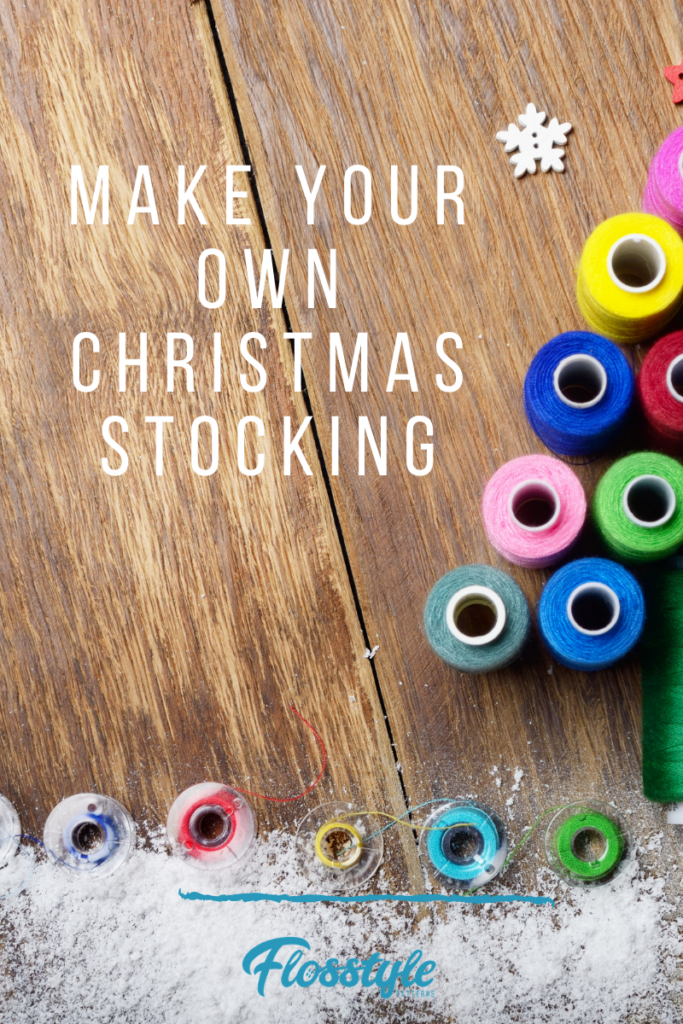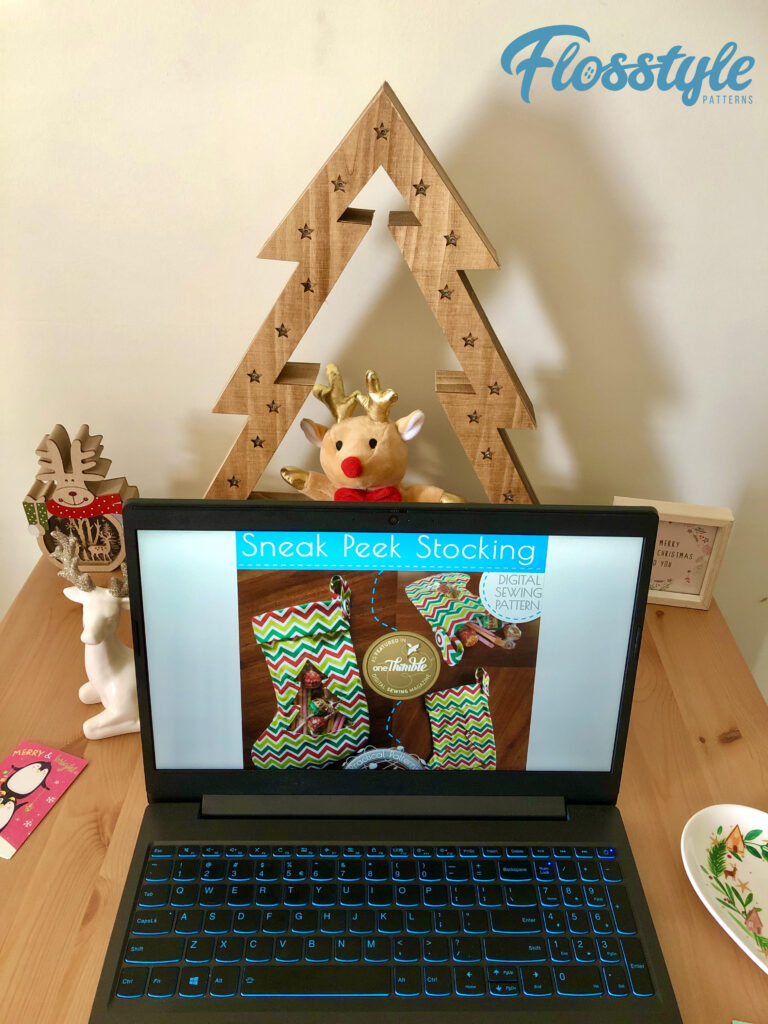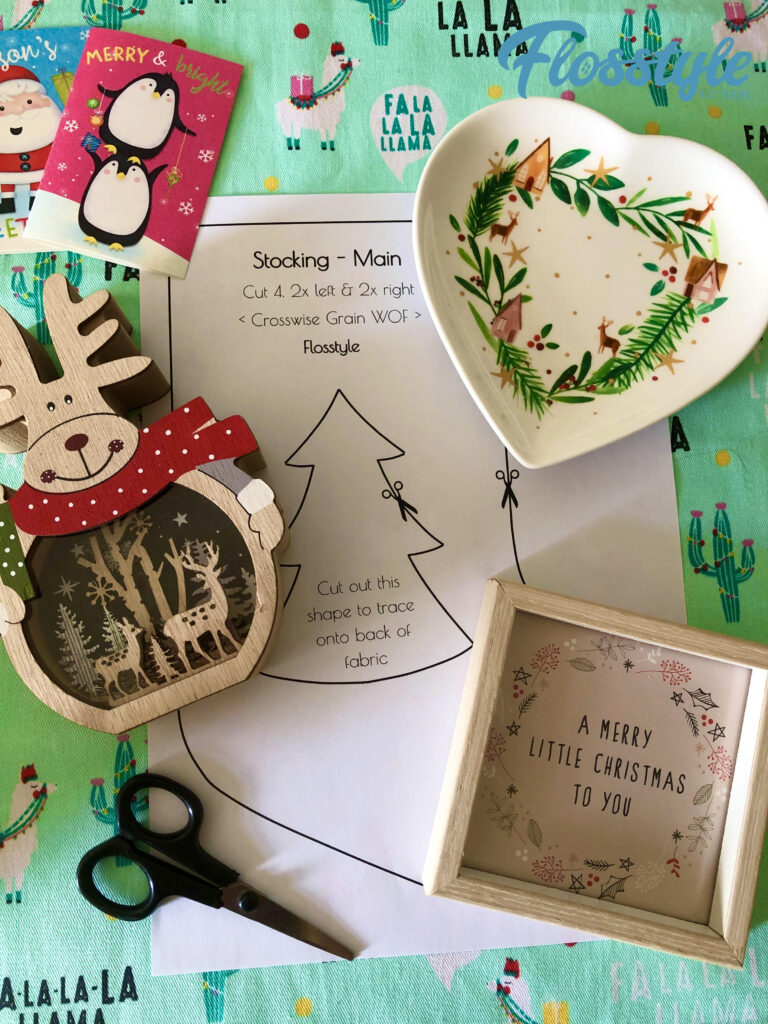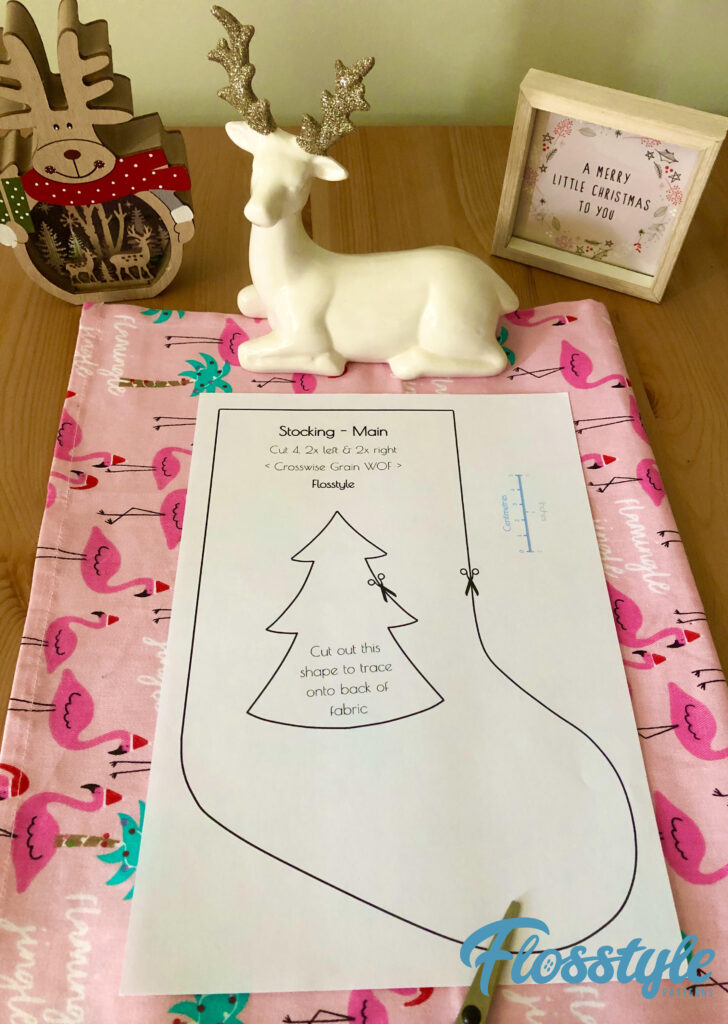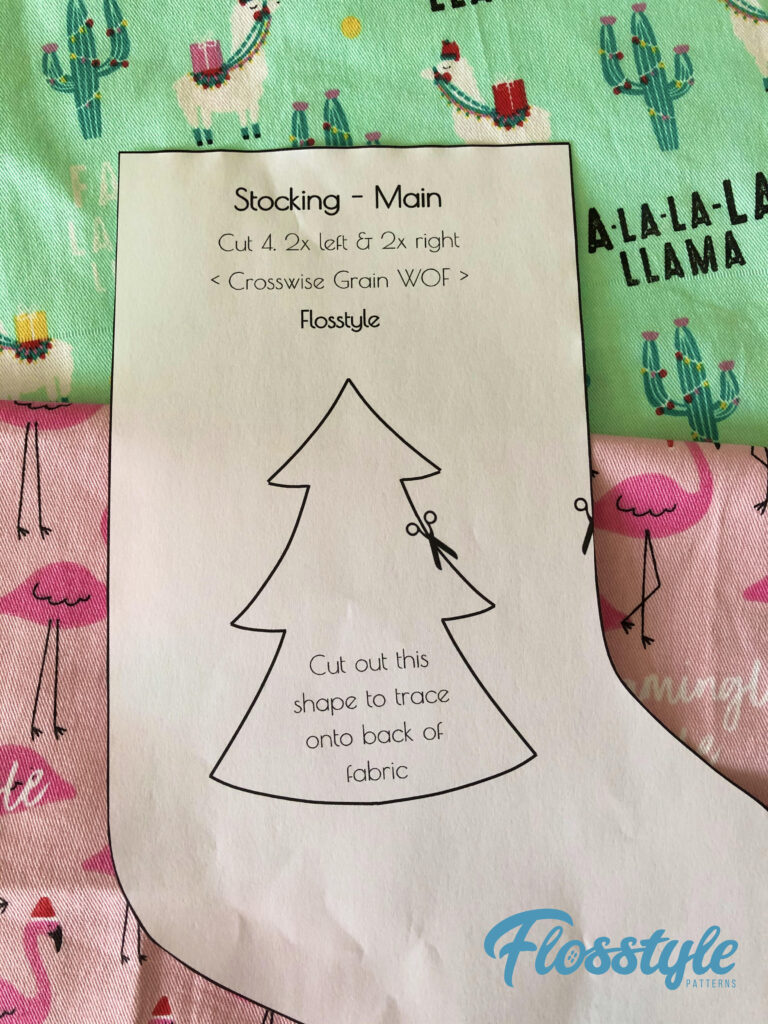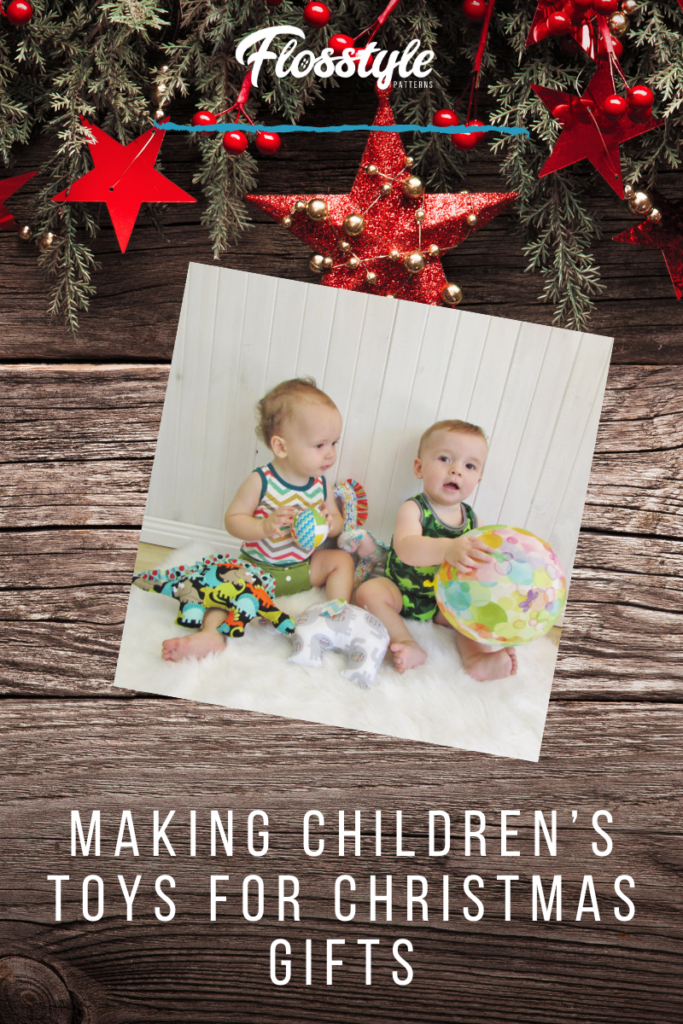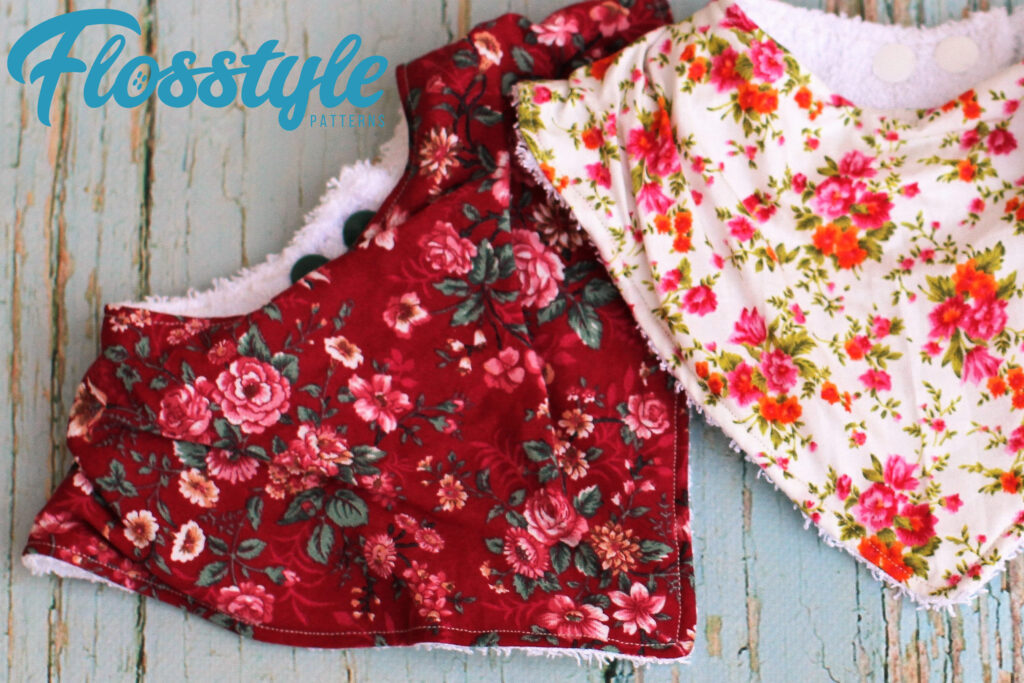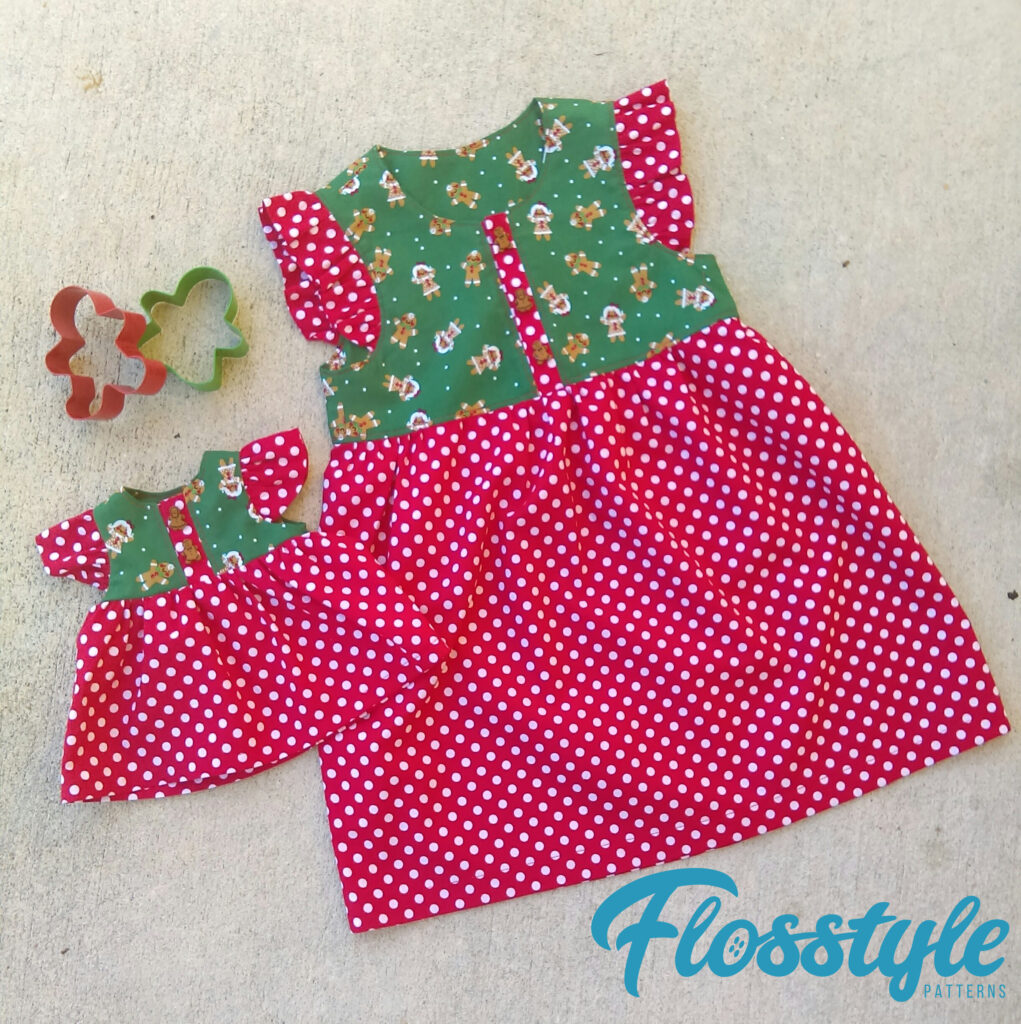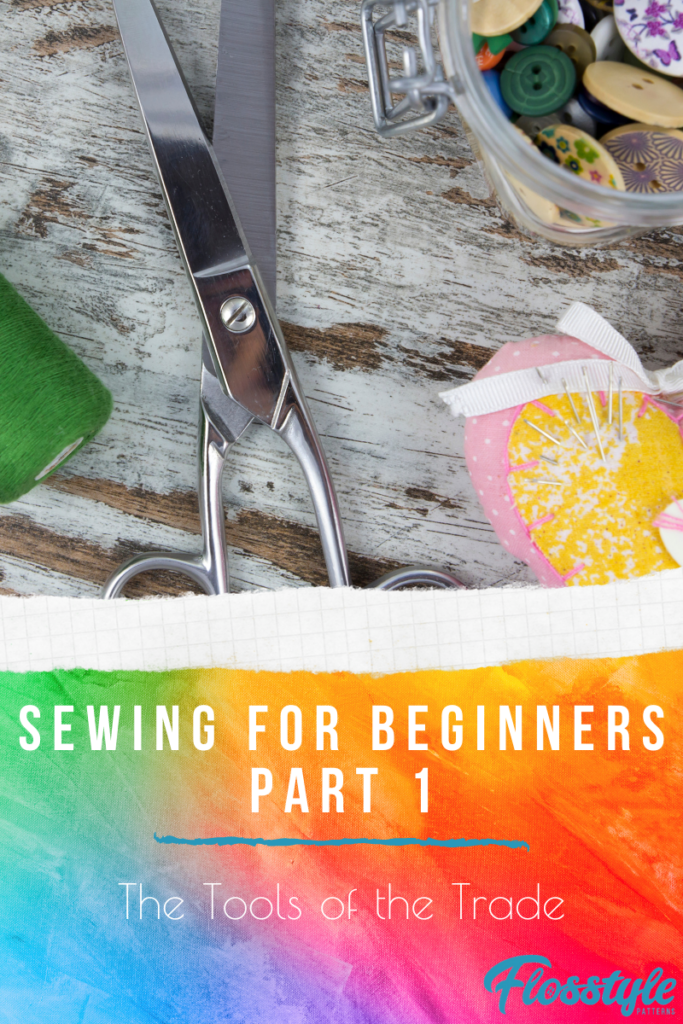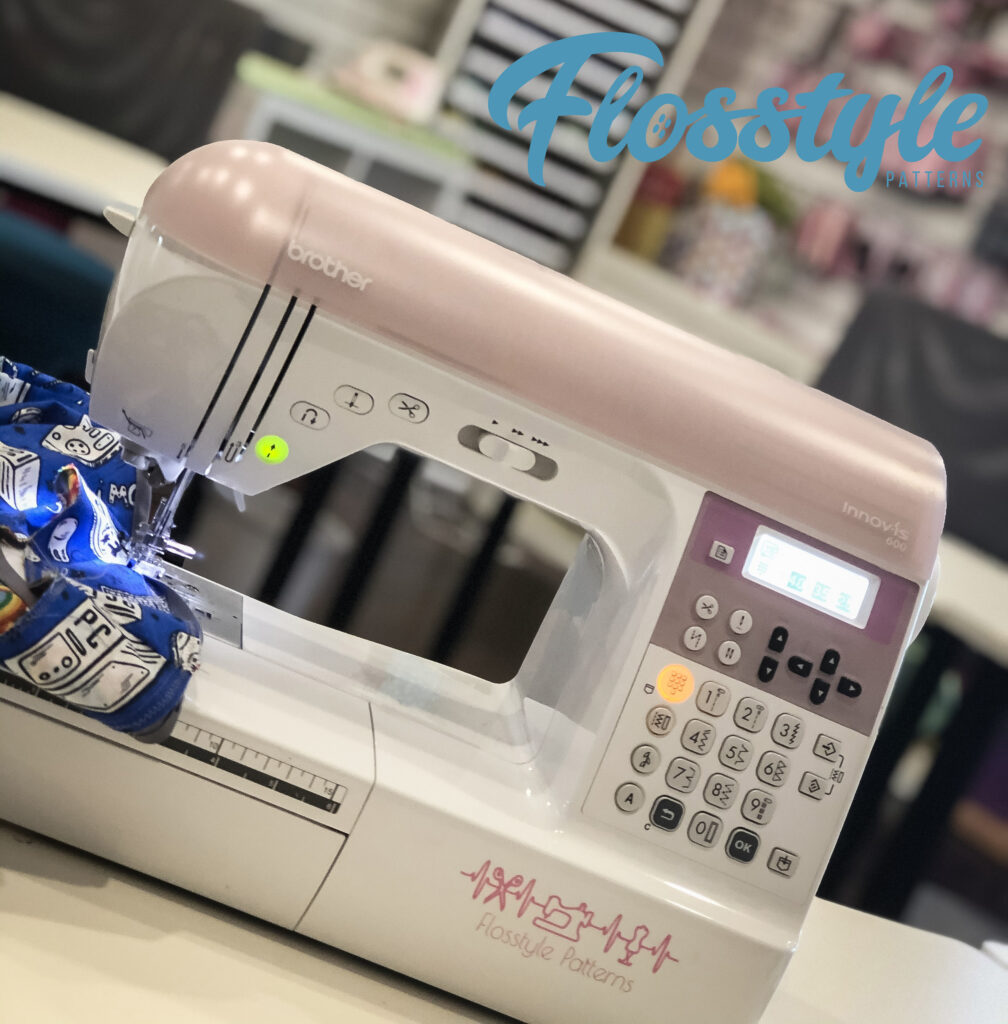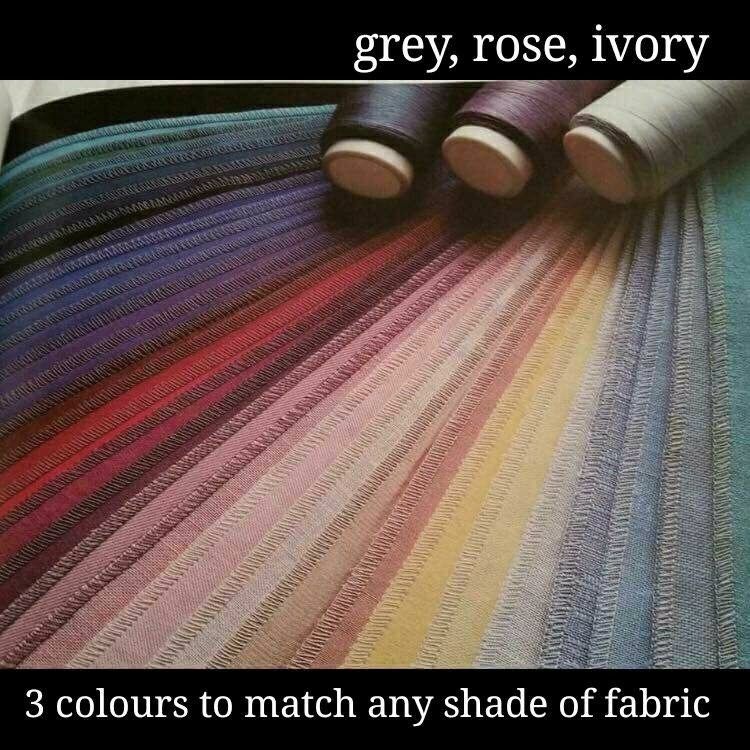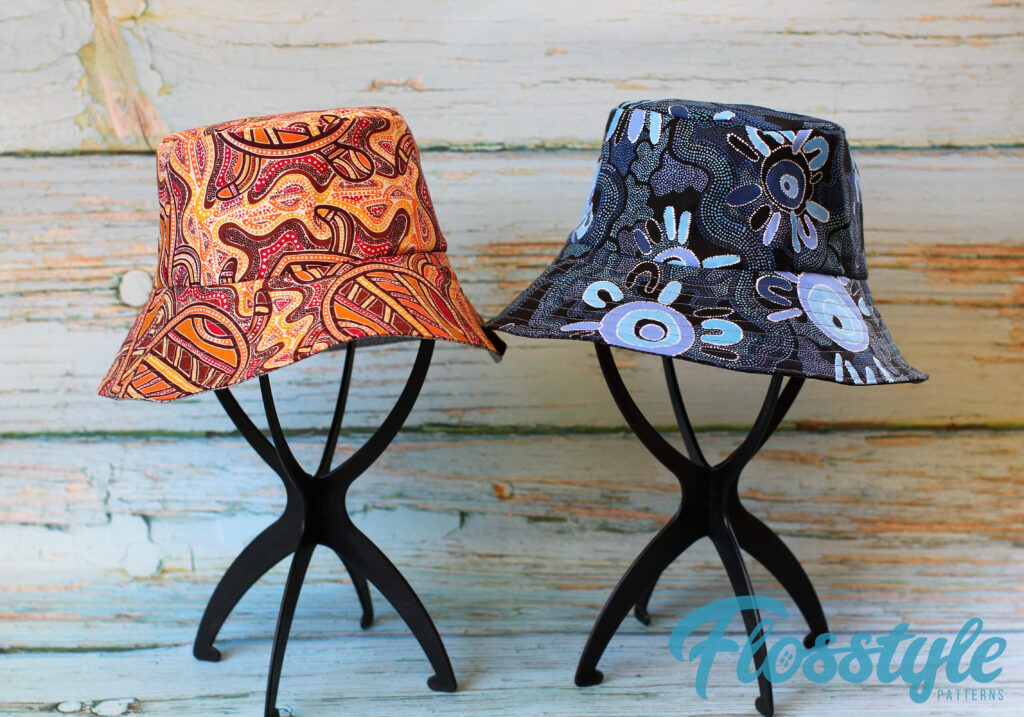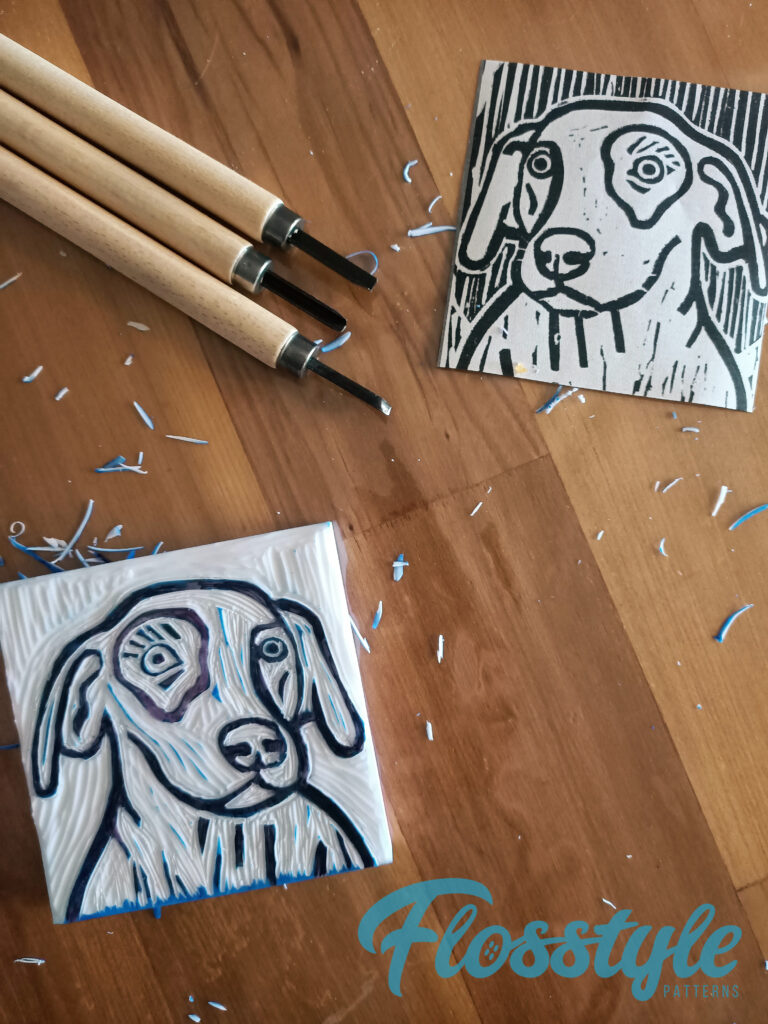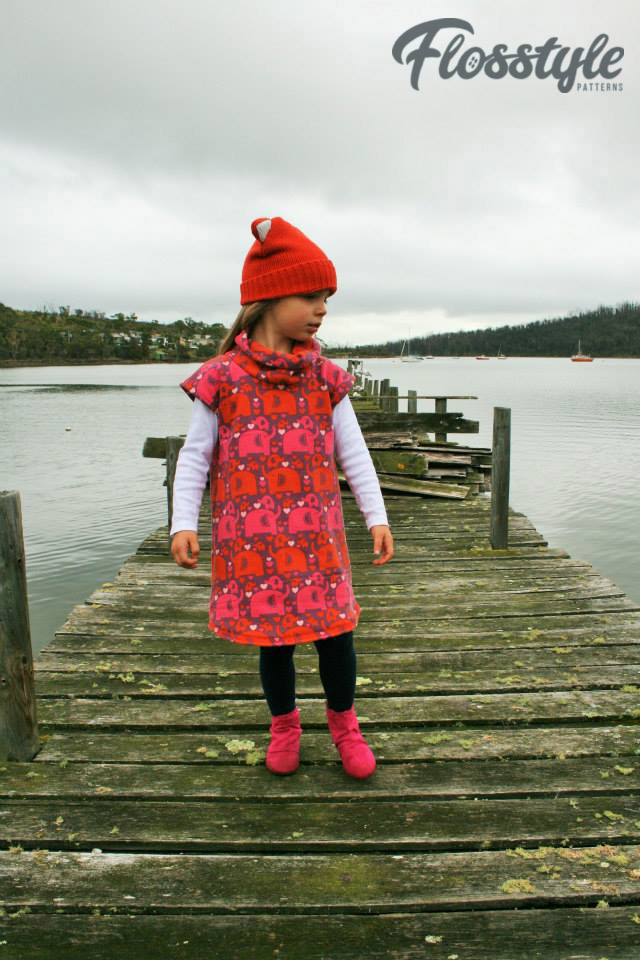Buying a sewing machine can be an extremely daunting task, especially for a beginner (hey, it’s daunting even for those who have been sewing for decades!). Rather than providing you with a list of sewing machines to pick from, this guide will outline what to look for when you go sewing machine shopping. If you haven’t already, be sure to read part 1 of our learn to sew series so you know the tools of the trade you need to get you started on your sewing journey.
We will now go through the features to look out for, and some other options you might like to consider.
Cost
First things first, sewing machines can be super expensive. You don’t have to spend a lot of money to get a good machine: you don’t even need to buy a brand new machine. These days there are so many second hand options available online on places like eBay and Facebook Marketplace. A benefit of buying a second hand machine is that the person selling it to you will likely give you a quick lesson in how to use it. So not only will you save some money, you will also be set up and ready to go quicker! On the subject of saving money, a machine with basic features might be okay for you now as a beginner, but you won’t be a beginner forever! You might be better off financially to buy a more expensive machine with more features rather than having to upgrade your machine in a year or two down the track.
Stitches
What stitches does the machine come with? When looking at this, it is important to remember quality over quantity. Some machines come with 100’s of different stitches, and you will realistically only use about 5 of them! You will want to make sure your machine includes the common stitches (straight stitch and zig zag stitch are the ones I use the most), but also, the most common stitches you will use in the projects you want to undertake. It could be worth your while to have a look through the Flosstyle Shop and buy some of the patterns you would like to make when you get your machine and have learnt the basics. Each item in our shop has a skill level rating, and we have a range of free patterns too.
We would also recommend steering clear of machines that do not allow you to change the length and width of stitches. Most basic machines come with all the basic stitches you could need, but they may not allow you to change the size or width of the stitches, which can cause trouble with future projects you may undertake.
Drop-in VS front-loading bobbin
A bobbin is a spherical item that thread is wound on. A bobbin is used in your sewing machine is placed in the bottom part of the machine. Sewing machines differ in how the bobbin is placed in the machine. A sewing machine can have either a drop-in or front-loading bobbin.
A drop-in bobbin (also known as top loading bobbin) is placed in the sewing machine from the top of the sewing area. In most drop-in bobbins, you will need to remove a small plastic cover, place the bobbin in, put the thread in place, and then put the cover back on. A front-loading bobbin (also known as a bottom loading bobbin) is placed in the machine through a door in front of the needle area, that is actually removed from the machine. The bobbin will need to be put in place, the thread placed through a small groove, and then placed back into the machine. With front-loading bobbins you need to ensure the thread and bobbin remains properly aligned when putting it back into the machine.
For beginners, we recommend a drop-in bobbin, as it’s much easier to use (which you probably already decided for yourself after reading the descriptions above). It’s also worth noting that the majority of modern sewing machines come with drop-in bobbins. Front-loading bobbins are a lot more fiddly and finicky than drop-in bobbins. Some sewers even consider front-loading bobbins “out-dated”.
Needle threader
A needle threader is a must for me, because I am absolutely hopeless at threading a needle without one. However, my mum can thread a needle in a millisecond with no hassles at all. If you’re a beginner with no sewing machine, I would recommend getting a sewing machine with a needle threader. If you have a bit of experience and know you can thread a needle with ease, you can give this one a miss. Once again, it comes down to personal preferences (you will read that a lot throughout this post… sorry, but it’s an important reminder!).
Instructions and guides
Now this is super important if you’re a beginner, and especially if this is your first ever sewing machine. When you get home, who will help you use the machine? Some machines come with booklets, DVD’s, and some brands even have YouTube channels with step-by-step guides. When you’re buying your sewing machine, be sure to ask questions about what instruction guide it comes with. You could also look the sewing machine up on YouTube to see if there are any instructional videos available.
If you’re buying a second-hand machine, please do me a favour and make sure it comes with it’s manual. Although you may be able to google information, and even watch instructional videos on YouTube, the information in the machines manual is super important to have on hand.
Mechanical VS Computerised
Sewing machines can be mechanical or computerised. Some people say you should start with a mechanical machine, and others swear by computerised machines. This decision is personal, but to help you out, here is an explanation of the two.
One way to think about it is that mechanical machines are manual, whereas computerised machines are automated. With a mechanical machine, you use dials to choose stitches and change the settings of the machine. Whereas, computerised machines are more advanced and can change between stitches and settings automatically, which can make sewing smoother. Mechanical machines are easier to maintain and simpler to use than computerised machines. However, computerised machines come with a variety of stitches and allow you to create decorative stitches and embroidery. Mechanical machines have fewer stitches and are cheaper to buy than computerised machines.
I personally started off using my mum’s mechanical machine but transitioned to a computerised machine when I was able to buy my own. I suggest you go with whatever you’re most comfortable using.
Light
Some sewing machines come with built in lights and others don’t. If your machine doesn’t have a light included, you’ll need to set it up near a lamp or somewhere in really good lighting. A light isn’t a massive issue for me, because I have pretty good eye-sight. However, my mum has poor eye-sight and has to use a lamp and her machine’s in-built light to ensure she can see what she is doing properly.
Try before you buy
If possible, visit friends or family with sewing machines to get an idea of the machine you’d like to buy, and the type of features you’d like included in your future machine. Not everyone will be able to do this, but if you can definitely make sure you ask around. Most people will be happy and even excited to tell you all about their machine and help you out.
Warranty and services
When buying a new sewing machine it’s important to ask questions about the warranty. How long is it? What does it cover? You can probably find this on the website but the shop assistant should be able to help you if you are able to buy your machine in store and not online. It’s worth checking if your machine comes with any services included. Some brands offer services and parts in-line with the warranty, whereas others don’t.
This is worth considering when you buy a second-hand machine. Second-hand machines are cheaper, but you’re making the decision to disregard warranty. It’s also worth considering how easy (or difficult!) it’s going to be to get spare parts for your second-hand machine.
Research
I cannot stress this enough: READ ONLINE REVIEWS BEFORE YOU MAKE A DECISION. Ok, sorry for shouting, but it’s really important to do your research! Don’t get me wrong, this blog post is a great starting point, but you really need to do your own online research, especially when you think you’ve found the perfect machine. This final step is the most important one!
We hope part 2 of the learn to sew guide has been helpful for you in your journey to sewing. Stay tuned for part 3!
Happy sewing!
Jess
Have a picture you want to share or want to be inspired? Make sure to follow our instagram page – Flosstyle Patterns (@flosstyle_patterns) • Instagram photos and videos
Don’t forget to join the facebook group for advice from experienced sewers – www.facebook.com/groups/flosstylefair
Pin our gorgeous designs on Pinterest – https://www.pinterest.com.au/flosstyle_patterns/
